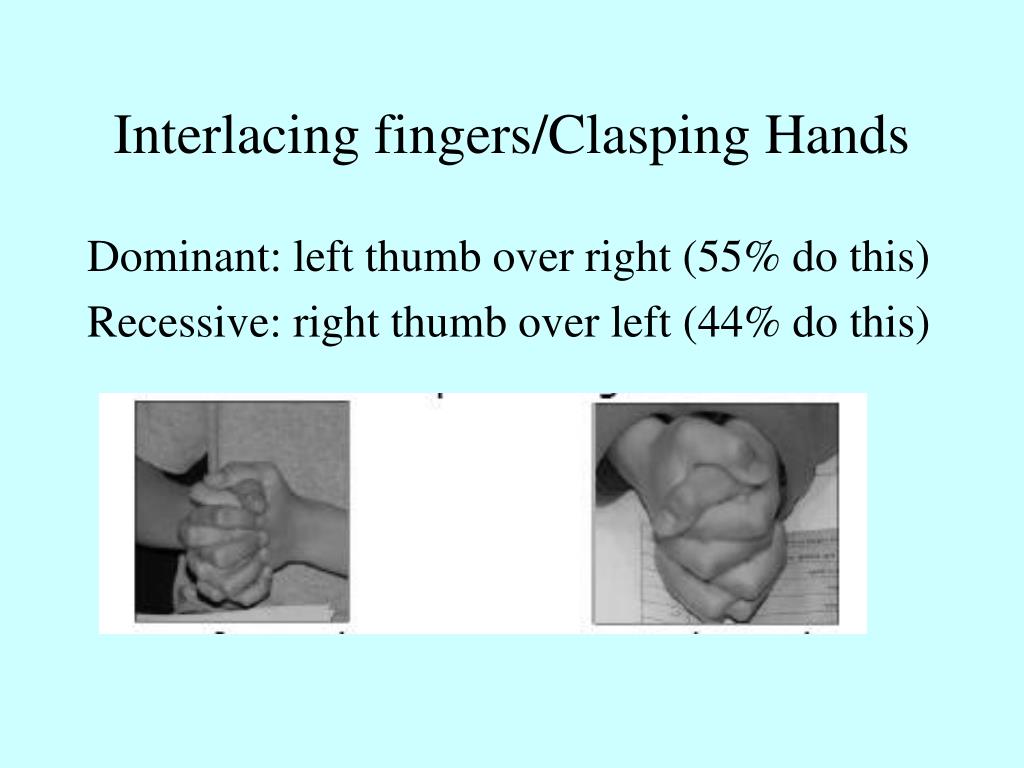
 Face down, with legs long, and join the fingers to turn the arms overhead, “helping with the small movement that we did.” This is not so easy. With legs long, use heels to rock the body, with moving the hands away. You can accentuate this by turning hands away overhead, as far as is comfortable, and then straightening and bending legs to feel the difference.
Face down, with legs long, and join the fingers to turn the arms overhead, “helping with the small movement that we did.” This is not so easy. With legs long, use heels to rock the body, with moving the hands away. You can accentuate this by turning hands away overhead, as far as is comfortable, and then straightening and bending legs to feel the difference. 
Then compare with legs long and standing, and see what’s different.Start by refreshing memory of how arm touches side of face differently on each side.Long discussion of how you are addressing the neck via the “relative conjugate” (not his term). It’s an idea about how you should stand and hold yourself. The upper thoracic/lower cervical spine–you do something with it your whole life that you don’t need to.Then over belly and a little L, a little R.Then take your hands down–how far down and still turning?.Now you can probably do a circle around the head, going anywhere you want, still turning the hands.Take R elbow to floor and notice you can do whatever you want with the elbow by the side, touching the chest, and over the head.Go back and forth and feel how different (arm touches side of face very differently on each side).

Continue and shift so the inside of the R arm touches the R cheek. Turn the hands, move them up, until the inside of the L arm touches the L cheek. Interlace the hands in the less familiar way. Then do the other side (L elbow on floor). Back to hands in front of face, feeling the quality of the rolling. Same position, but fix R elbow, at 90 from the body. Then back to the middle: notice that it is improved in both directions. In front of face, more or less–notice which direction more. Lying face up, hands interlaced, lift elbows and roll hands (only as far as without strain). Using the distal to address the proximal. Lying face up and face down, fingers interlaced: twisting the forearms, while moving the hands up and down, and in a circle around the head.







 0 kommentar(er)
0 kommentar(er)
